Affiliate links on Android Authority may earn us a commission. Learn more.
2014 was the best year this decade for smartphones
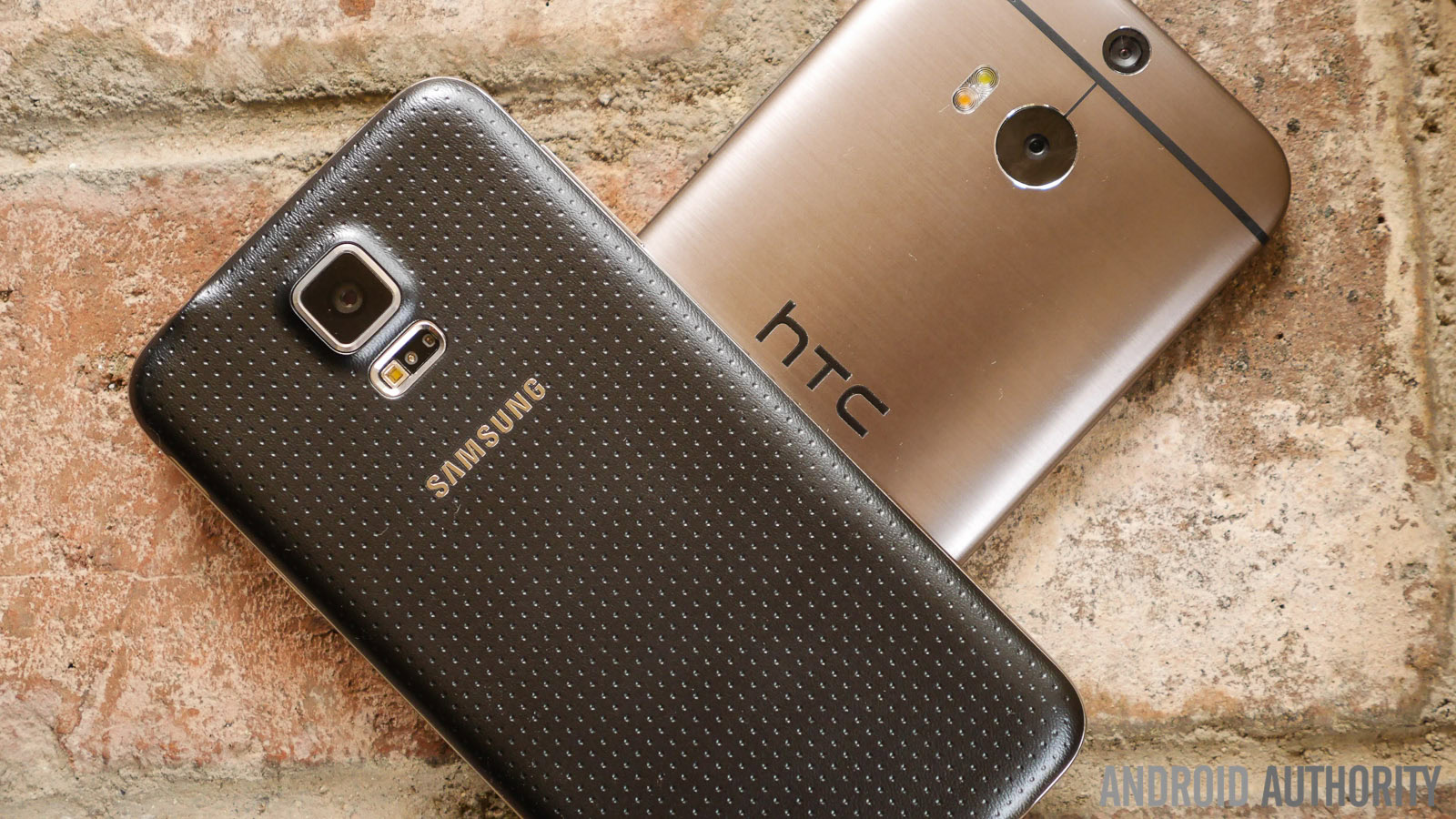
Correction: A previous version of this article stated that the LG G3 was the first Quad HD smartphone. However, that title goes to the vivo Xplay 3S. We have updated this article with the correct information.
It’s always fun to look back at years past and see how far the smartphone industry has come. As the Android Authority team has been reflecting on the best smartphones of the decade, 2014 stuck out to us as a particularly important year for smartphone launches. This is the year OEMs like Samsung, HTC, LG, and Motorola launched some of their most iconic devices. It even saw one manufacturer burst onto the smartphone scene with one of the most popular Android phones of all time.
None of the following phones were perfect, but they all hold a special place in our memories.
HTC One M8
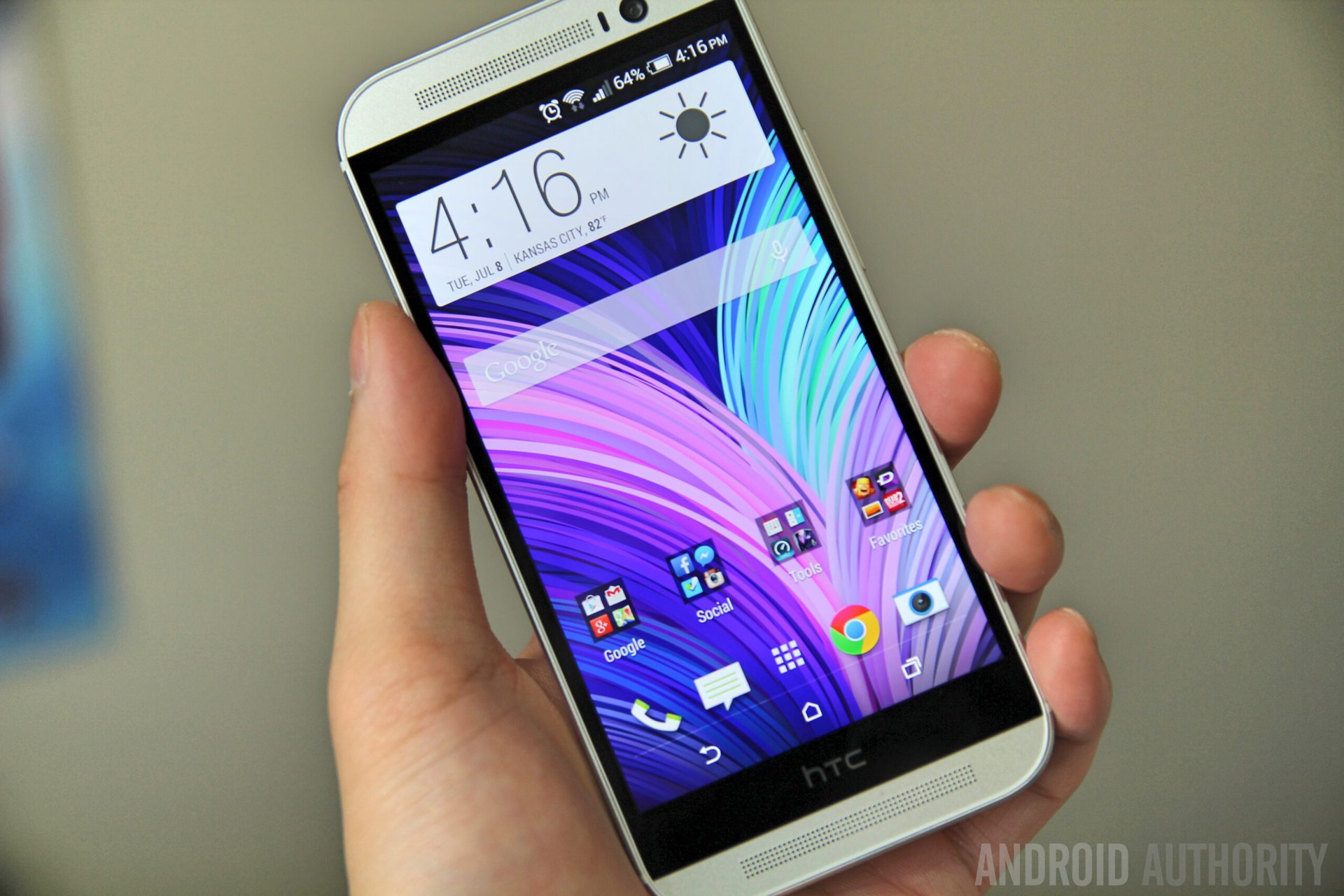
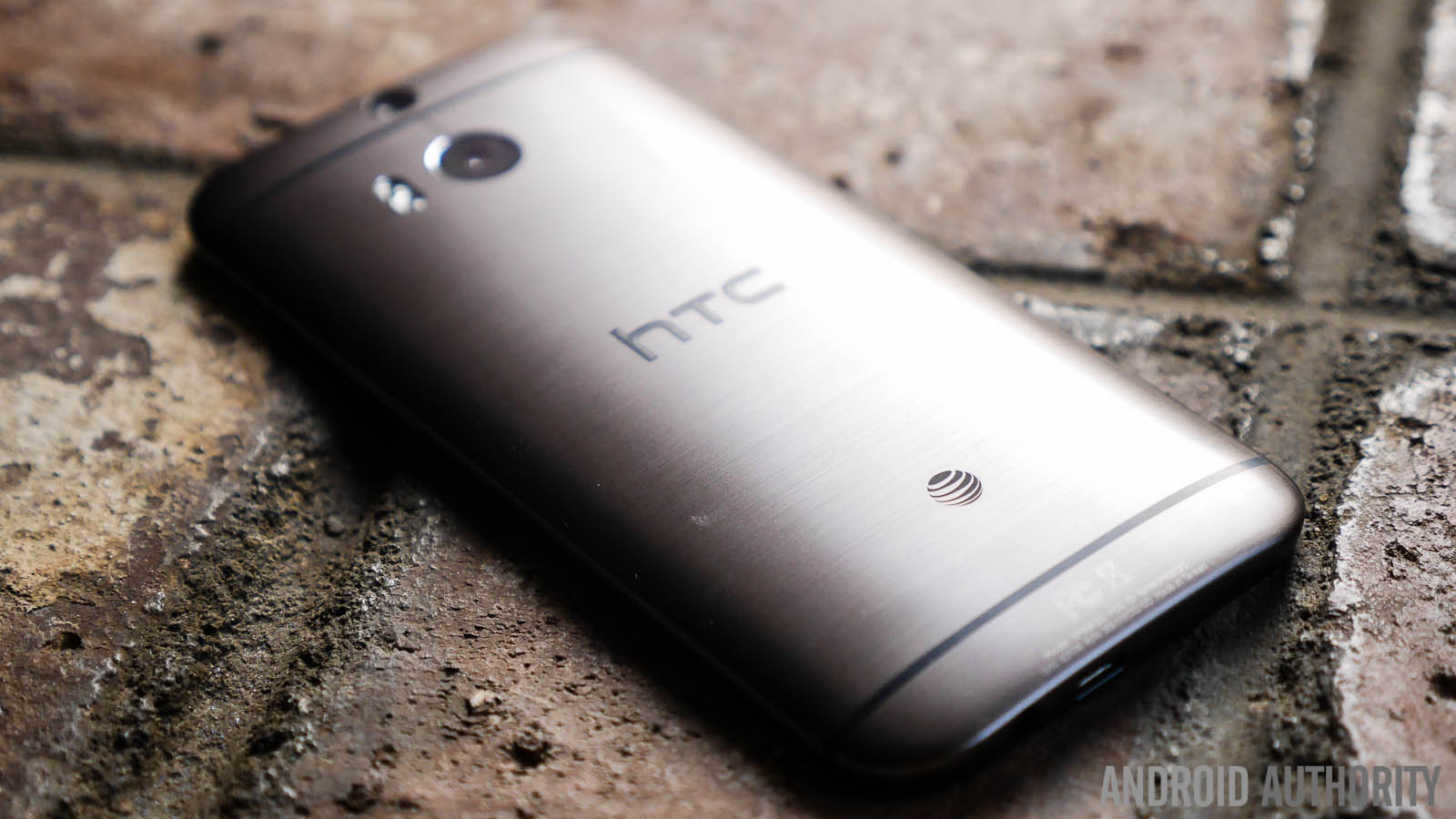
HTC launched the much-lauded One M7 in 2013 and needed a follow-up that would impress the iPhone and Samsung users of the world. The HTC One M8 delivered in more ways than one.
The One M8 is considered by many to be one of the most beautiful smartphones ever made. Look at this thing! Its industrial design and smooth matte finish just felt much more premium than what the competition was offering (hello, Galaxy S5, you toy of a smartphone). It also brought back the front-facing BoomSound speakers and a revitalized version of HTCSense that gave users a refreshing alternative to the bloated Samsung TouchWiz and LG UI.
Unfortunately, the One M8 was also known for its poor camera quality compared to the Galaxy S5 and iPhone 6, with our review calling the One M8’s camera quality “average at best.”
LG G3
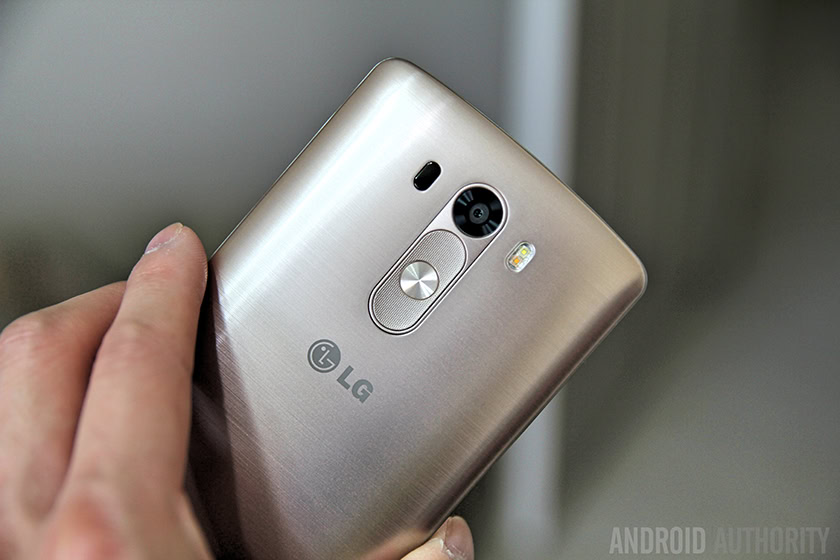
Samsung, HTC, and LG: The three main players in the Android space in 2014, and LG’s offering was one of the first smartphones ever to break into the Quad HD display space.
That 5.5-inch IPS LCD display was revered by many for being the “perfect” size for a smartphone — not too big, not too small. Elsewhere, the LG G3 came with the latest specs for its time (Snapdragon 801 and 3GB of RAM), a quick and capable camera setup, and above average battery life.
While the LG G3 wasn’t as, say, experimental as some of the company’s other offerings, it was quite the competitor to the other main players in 2014.
Samsung Galaxy S5
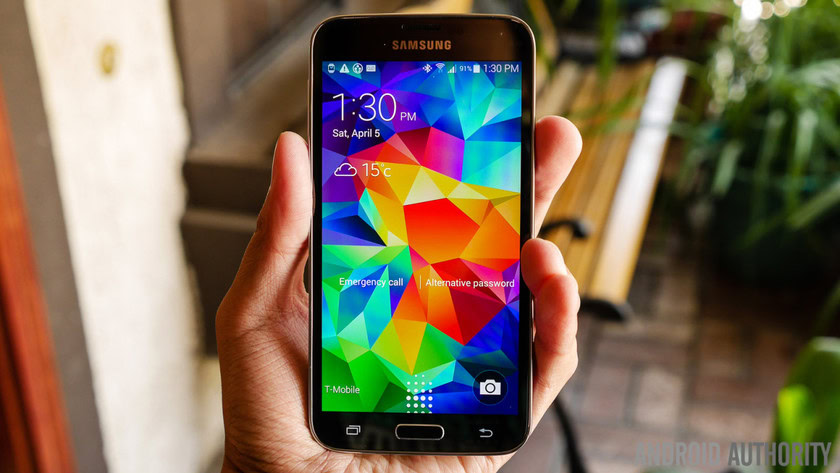
Tacky, plasticky, cheap: These are all words used to describe the Galaxy S5, but that didn’t stop people from loving this phone. In fact, people are still using the S5 today.
You see, the S5 wasn’t the fancy premium phone that would turn heads; it was a durable, functional smartphone that people bought because it could do everything and then some. Ultimately, though, it wasn’t the biggest upgrade from the Galaxy S4, and Samsung really missed the mark with the swipe-able fingerprint sensor.
Now, many Android Authority readers look back fondly at the Galaxy S5 days and wish companies would ditch the all-glass builds for durable plastic.
The Samsung Galaxy S5 wasn’t the best phone of 2014, but it was one of the most memorable.
OnePlus One
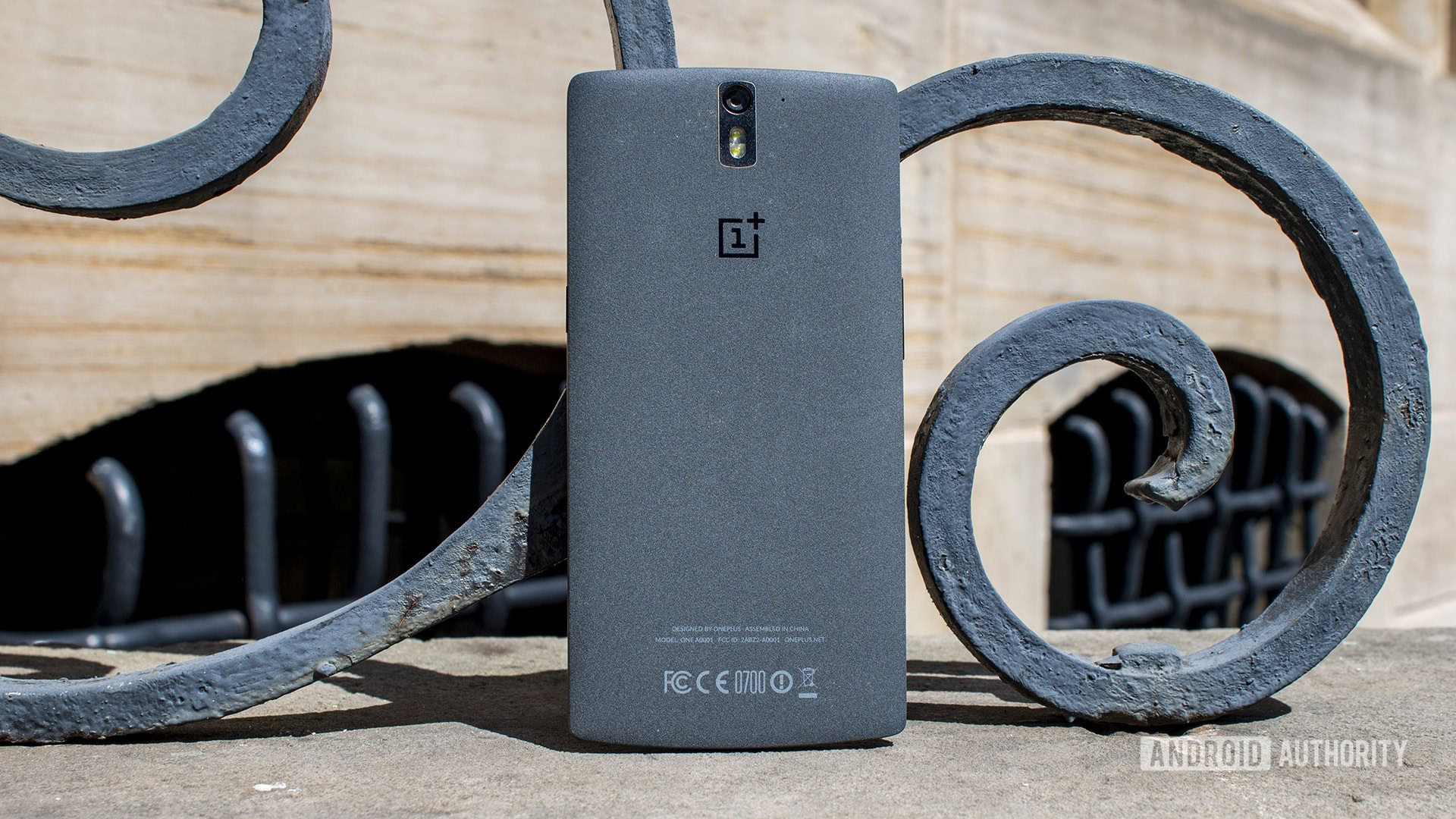
In 2014, a new player came onto the scene that essentially started the trend of affordable flagship smartphones we’re still seeing today. Offering top-tier specs at a rock-bottom price of $299, the OnePlus One did things differently. It prioritized the overall smartphone experience over extras like IP ratings and metal designs, which drove the cost of other flagships upwards into the $700 range (that was a lot for the time, if you can believe it).
This was also one of the most controversial handsets of the time. OnePlus was hardly a timid company — which perhaps lent to its success in the coming years — and frequently made headlines for its sexist and wasteful marketing campaigns. Still, it got the brand name out there, which was a big feat considering how fierce the competition was at the top.
Today, the OnePlus One is remembered fondly by those who owned one, and even by those who weren’t lucky enough to score an invite.
Also read: From OnePlus 6T to OnePlus One: A week with a 5-year-old phone
Google Nexus 6
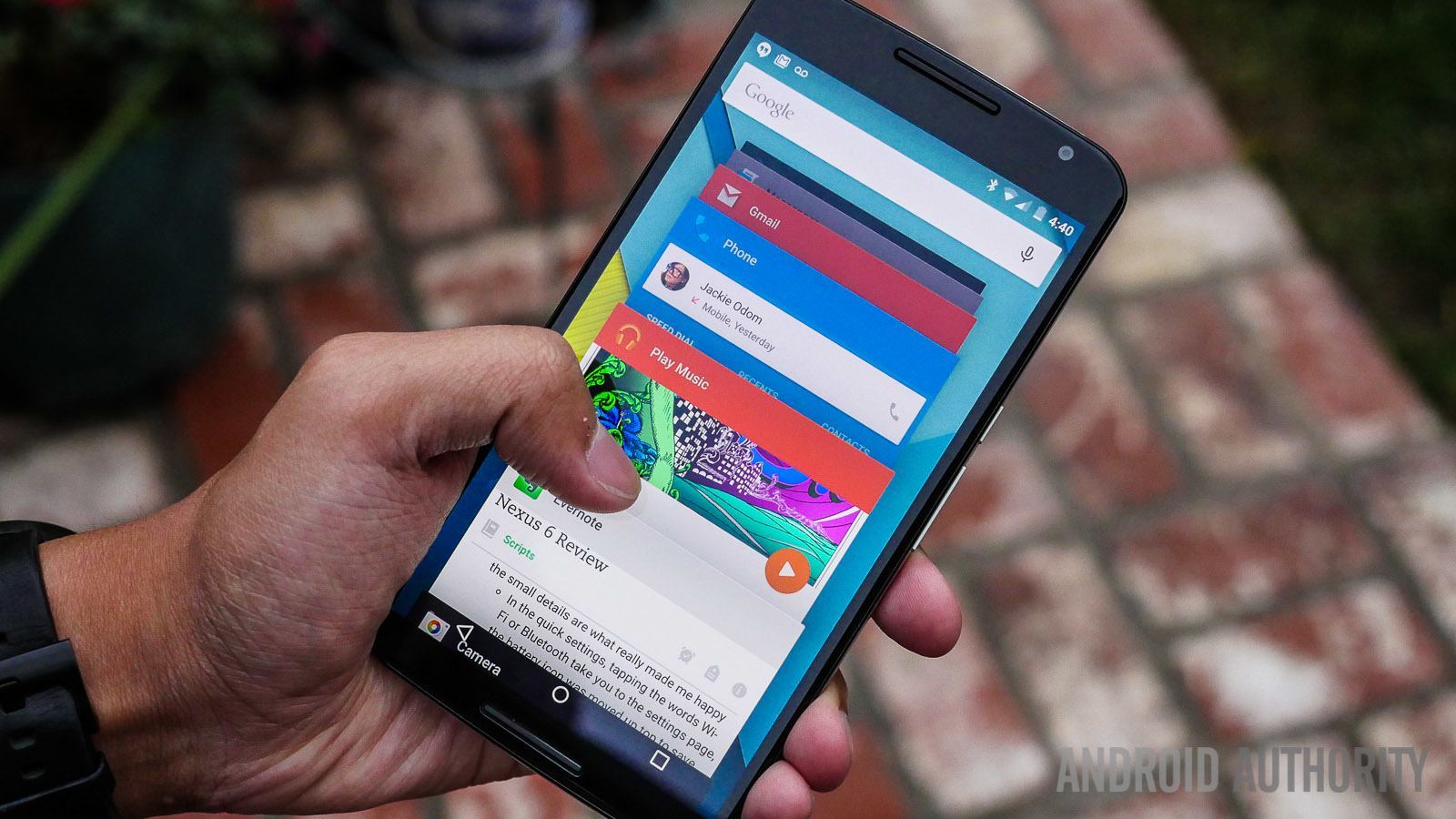
Big phones (or “phablets” if you’re a monster) weren’t really a thing in 2014 outside of the Galaxy Note line (more on that later). As bigger phones were starting to arrive, Google — with a little help from Motorola — decided to release a big Nexus phone, with the 6-inch Quad HD display being one of the main selling points.
The Nexus 6 might not have been the Nexus 5 successor we were all hoping for, but that didn’t stop us from liking it. In fact, it was one of our favorite phones of the year. It had the highest-end specs you could get in 2014, complete with a Snapdragon 805 chip, 3GB of RAM, and a long-lasting 3,220mAh battery. This phone was also known for its awesome front-facing speakers, not-horrible camera, and surprisingly ergonomic design despite its massive size.
Of course, the Nexus 6 was the main showcase for Android 5 Lollipop, Google’s drastically redesigned OS that introduced Material Design.
Read more: The biggest Android milestones of the decade
Samsung Galaxy Note 4
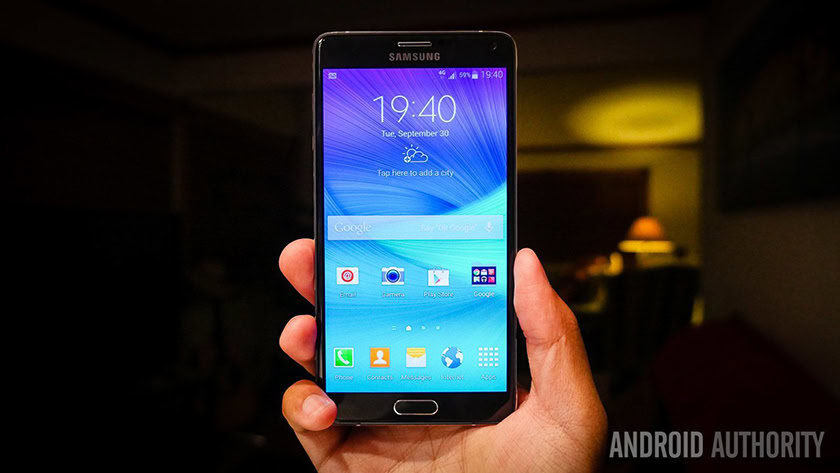
As big smartphones started becoming more popular in 2014, Samsung was really hitting its stride with the Galaxy Note line. We called the Galaxy Note 4 Samsung’s “true flagship” for the year, and I think many people would agree.
This was a no-compromise smartphone. It had bleeding-edge specs, a Quad HD screen, new S Pen features, and an improved camera system thanks to optical image stabilization. The S Pen was what really made the Note 4 stand out, though. While other big smartphones didn’t really take advantage of the bigger displays (see below), the Galaxy Note 4 with its S Pen and multitasking features proved Samsung had a productivity powerhouse on its hands.
Apple iPhone 6 and 6 Plus
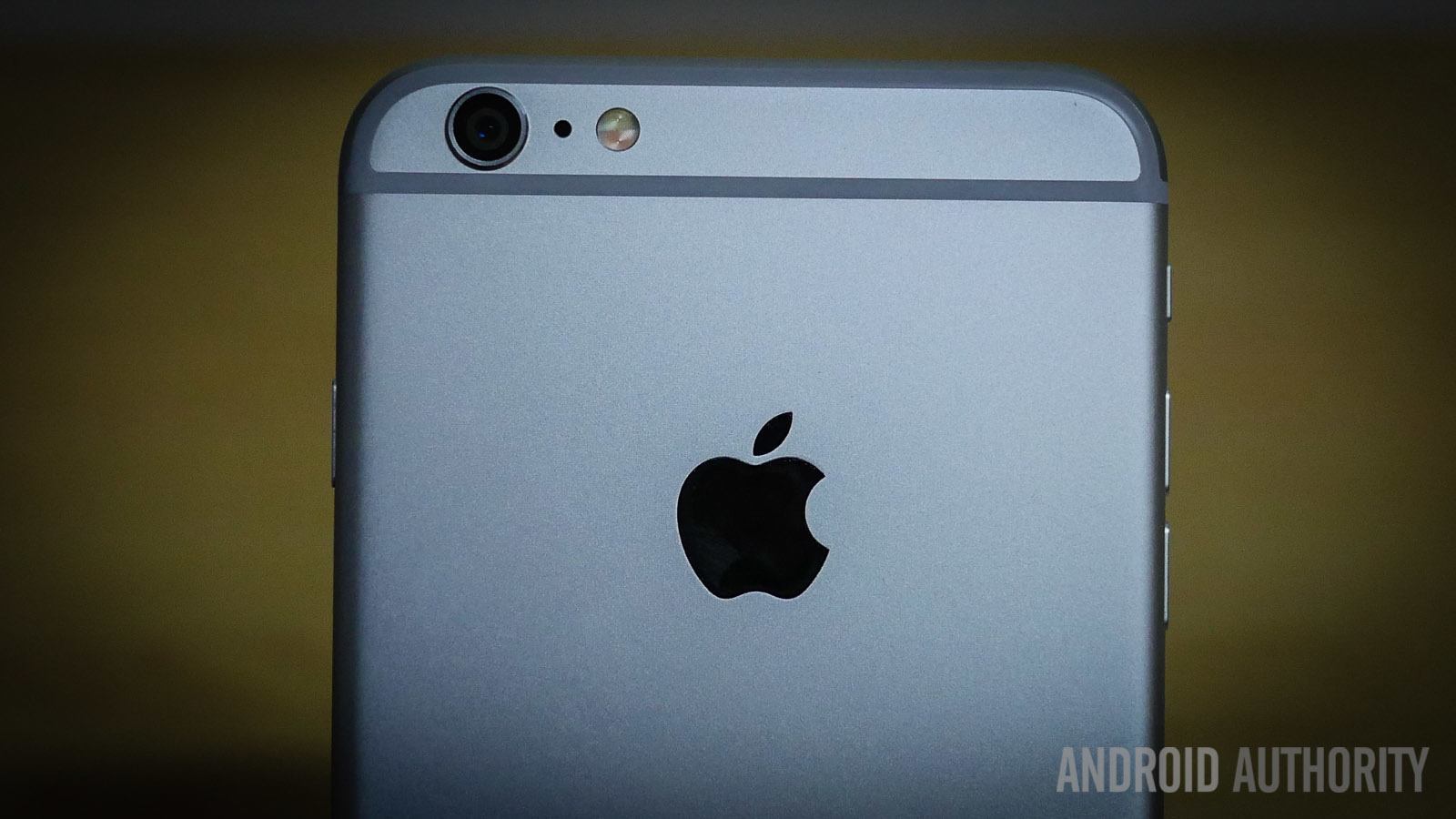
The iPhone 6 and 6 Plus were two of Apple’s most popular smartphones in history. They were also two phones that made many Android users switch to iOS. For years, Android phones had a major selling point over iOS: screen size. If you wanted a big phone, you bought a Galaxy Note. Apple knew Android OEMs were on to something, so it launched the standard iPhone 6 with an option for a bigger handset in the iPhone 6 Plus.
To be clear, the iPhone 6 Plus wasn’t really a productivity powerhouse like the Note 4. It was simply a big iPhone, and that made a lot of people happy.
Couple that with a super premium design for the time, an improved display over the iPhone 5 and 5S, and a 128GB storage option, and Apple had itself a phone that appealed both to existing iOS users and Android users alike.
Sony Xperia Z3 and Z3 Compact
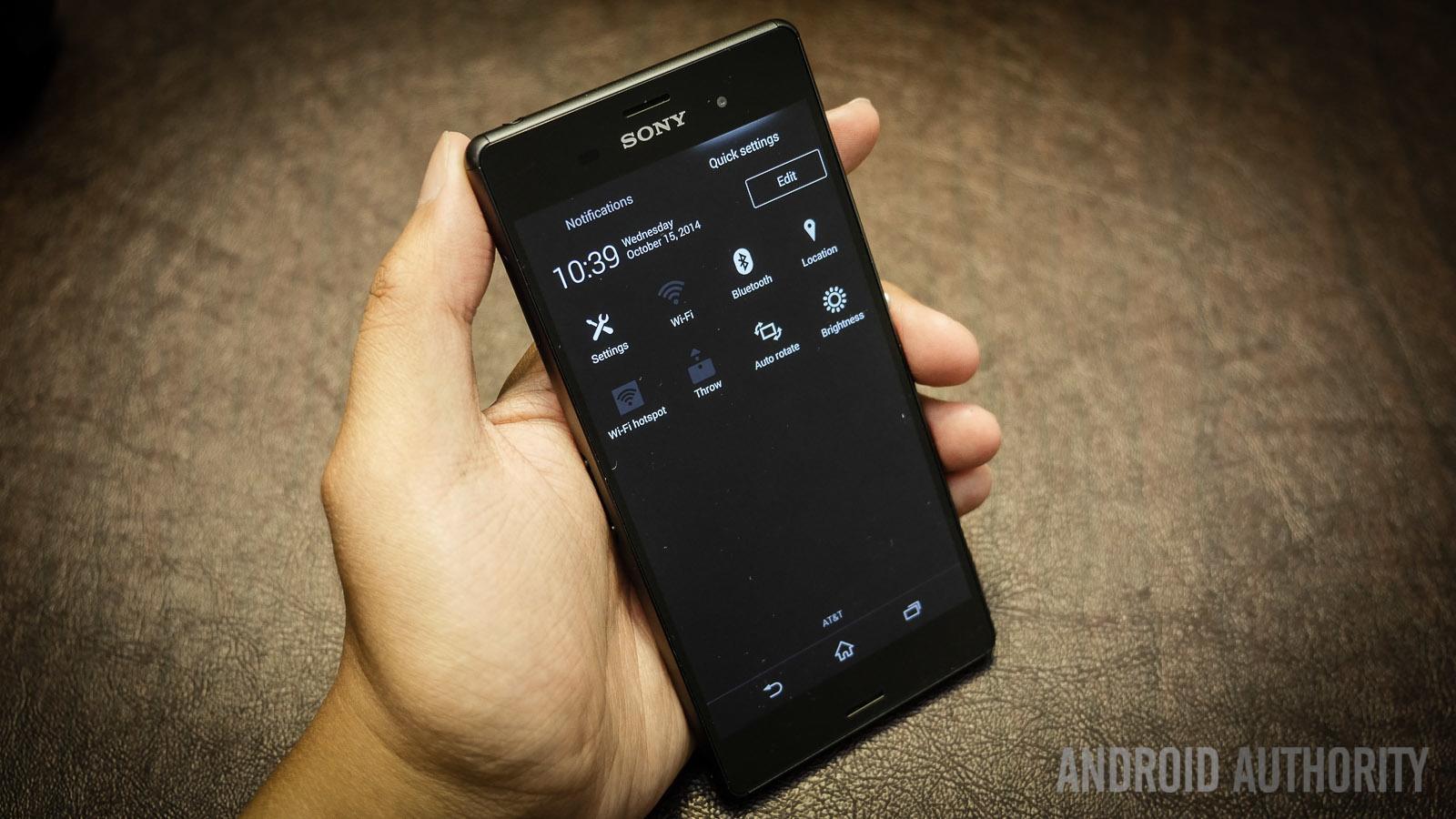
Come 2014, Sony was pumping out smartphones left and right. The Sony Xperia Z3 and Z3 Compact were launched just six months after the Z2 lineup came to be. Still, the Z3 lineup impressed with its metal-and-glass design and solid performance, despite the fact that it launched with an older processor.
Ultimately, though, the Sony Xperia Z3 was an iterative upgrade that could have easily been looked over if you paying more attention to the competition.
Motorola Moto X (2014)
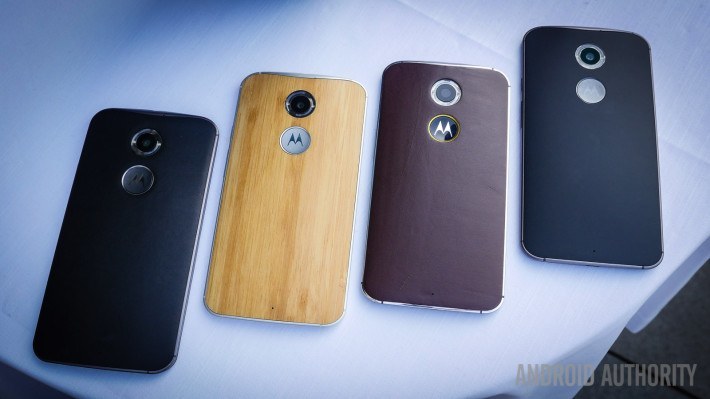
Motorola has gone through many iterations over the years, but one of the best was during the Google days. The company won over reviewers with the original Moto X in 2013, and followed it up in 2014 with an updated version.
The Moto X (2014) was hardly the most powerful smartphone of the year, but it wasn’t really about the specs. The Moto X line was always meant to win users over with its customizability. Even today, the Moto X line is still one of the most personal smartphone series to ever launch.
That had a lot to do with Moto Maker and the ability to customize just about every part of the hardware. In the 2014 smartphone, Motorola added leather back plates in addition to the standard plastic backs and wooden back plates from the previous year. On top of that, you could customize the hardware colors, boot screen message, and even get an engraving on the back. You don’t see that kind of personalization with phones nowadays.
After the Moto X (2014), Motorola was never really able to get lightning to strike again. The 2015 Moto X Pure Edition was a solid upper-mid-range phone for the time, but was overshadowed by Google’s Nexus 6P and Samsung’s Galaxy S6. Also, the Moto X4 from 2017 didn’t really carry any of the features that made the original Moto X so special.
Also read: Why we miss the Moto X
Motorola Moto G (2014)
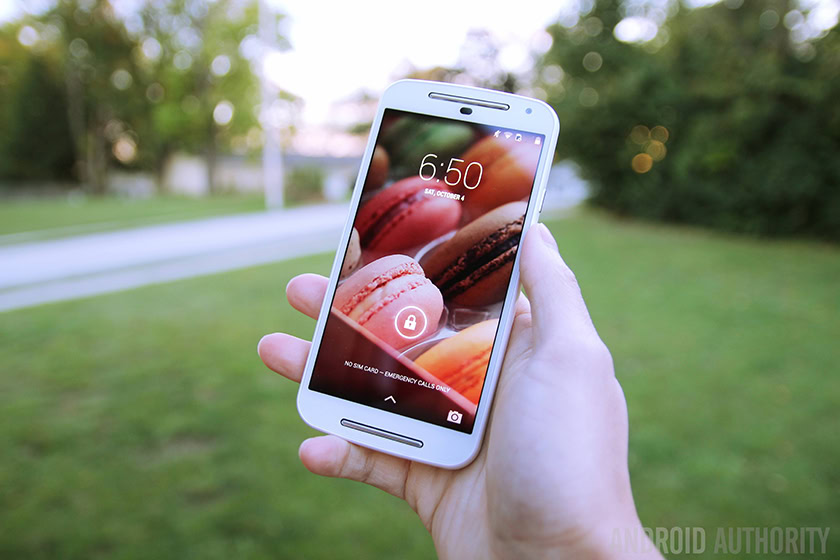
I’d argue 2014 is when budget smartphones started to get really good. We can mostly thank the Moto G (2014) for that.
The Moto G line is Motorola’s most popular smartphone series of all time, and for good reason. Most Moto G phones offer decent performance, good build quality, and useful software. The Moto G (2014) offered all of these things, plus loud front-facing speakers, a bright screen, and customizable back plates. It unfortunately lacked LTE connectivity, but most other areas of the phone were quite good for the price.
And many more…
Those were the major players, but we couldn’t get through this flashback without mentioning some other big smartphones for 2014:
- Motorola Droid Turbo: This was one of the most spec’d-out smartphones of the year. It had a Kevlar back, a Quad HD AMOLED display, and provided a decent power user alternative to those who didn’t want a Galaxy Note.
- BlackBerry Passport: The BlackBerry Passport was an… interesting smartphone. It was big, chunky (3.55-inches wide!), and was awkward to use. But hey, it was a conversation starter!
- Nokia Lumia 1520: The Nokia 1520 was the company’s first real foray into the big-screened smartphone world. The hardware was gorgeous, but Windows Phone didn’t really take advantage of that big screen.
- Nokia Lumia 930/Lumia Icon: As one of the last all-Nokia smartphones, the Lumia 930 was the true flagship Windows Phone for 2014. Good specs, premium design, and a high price.
- HTC One M8 for Windows: It was an HTCOne M8… but running Windows.